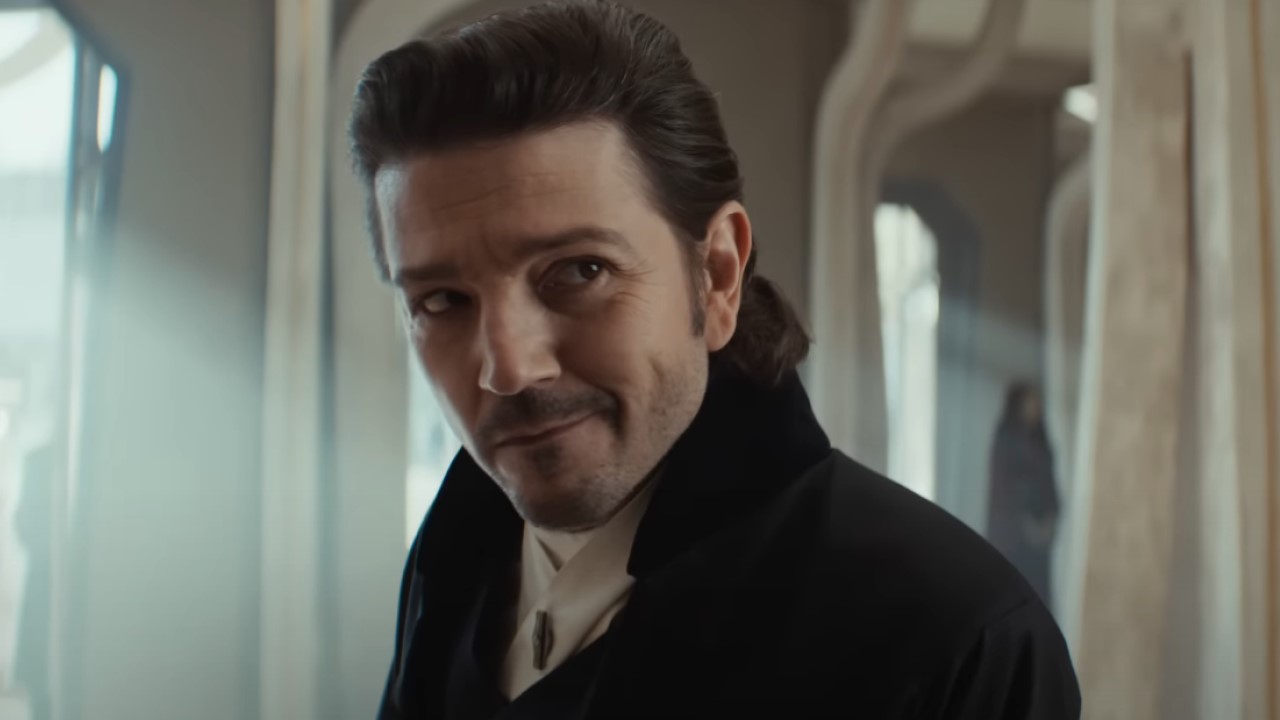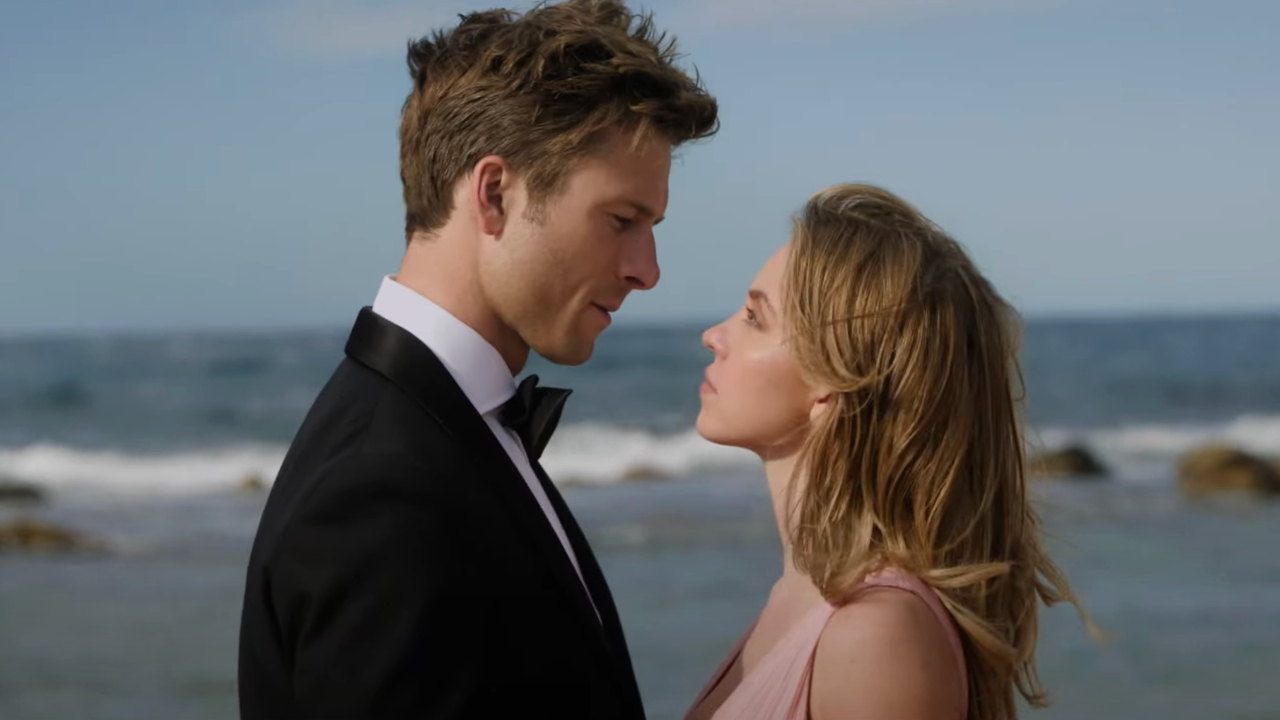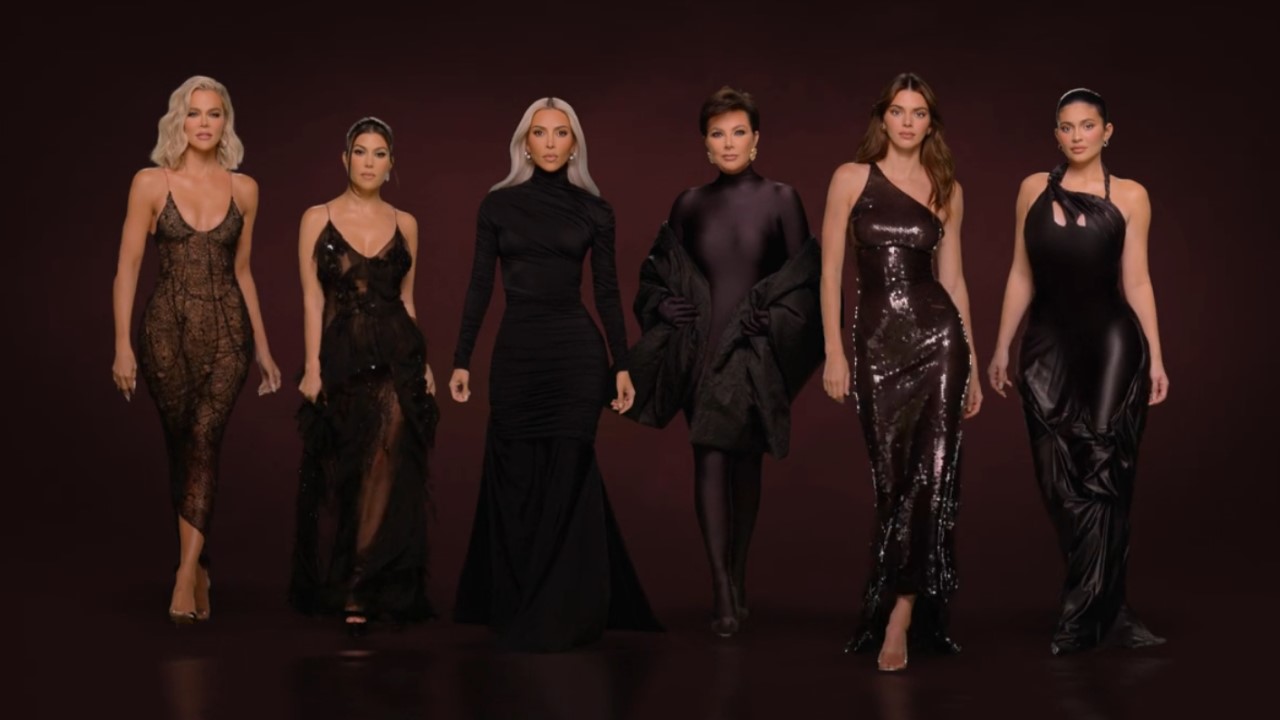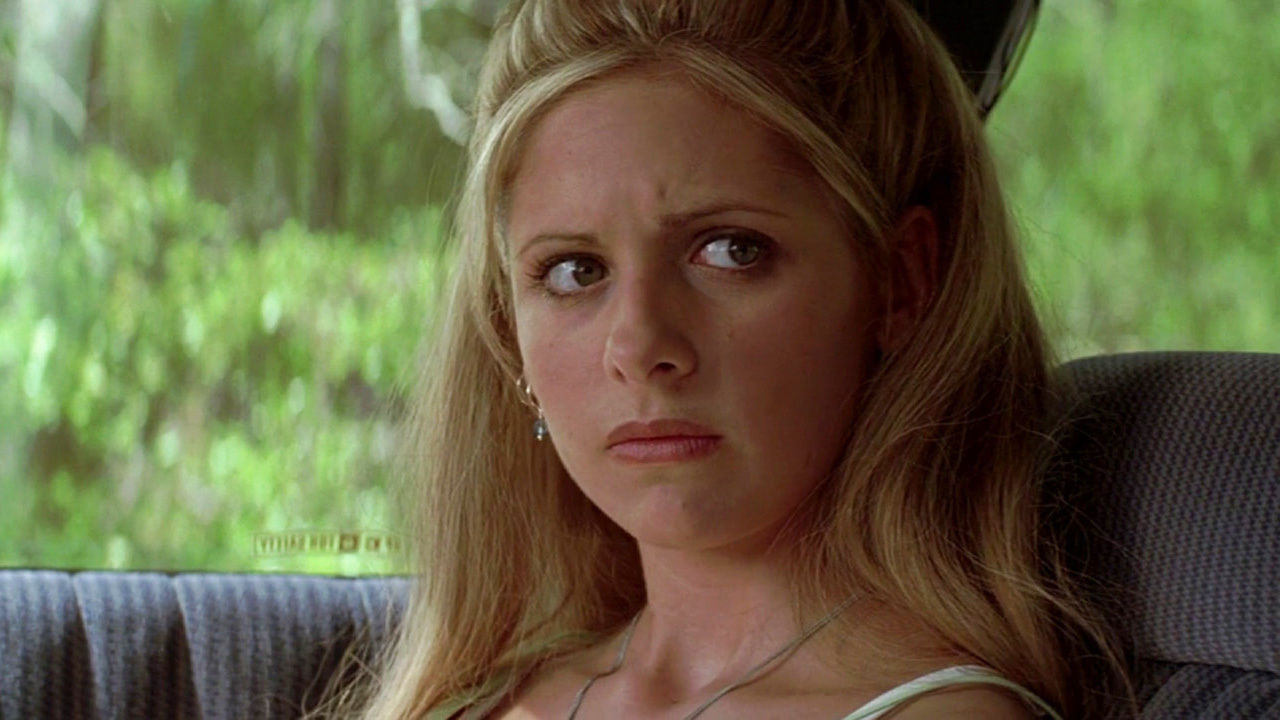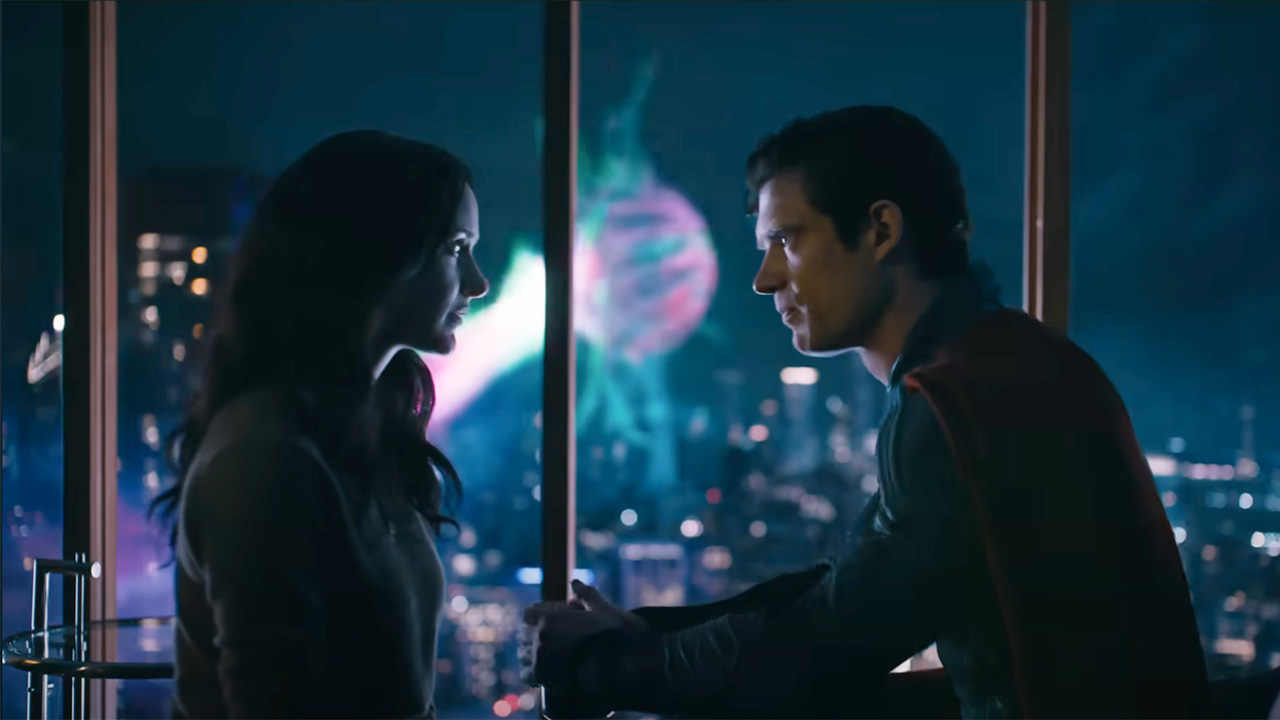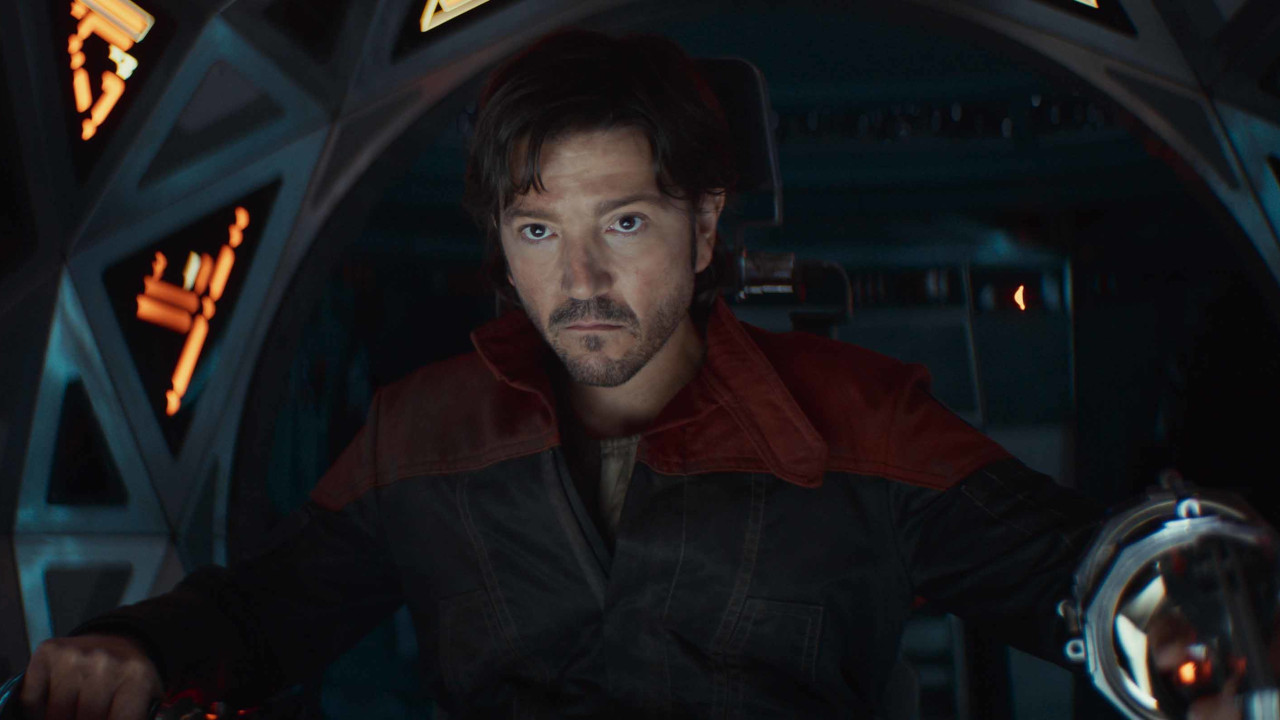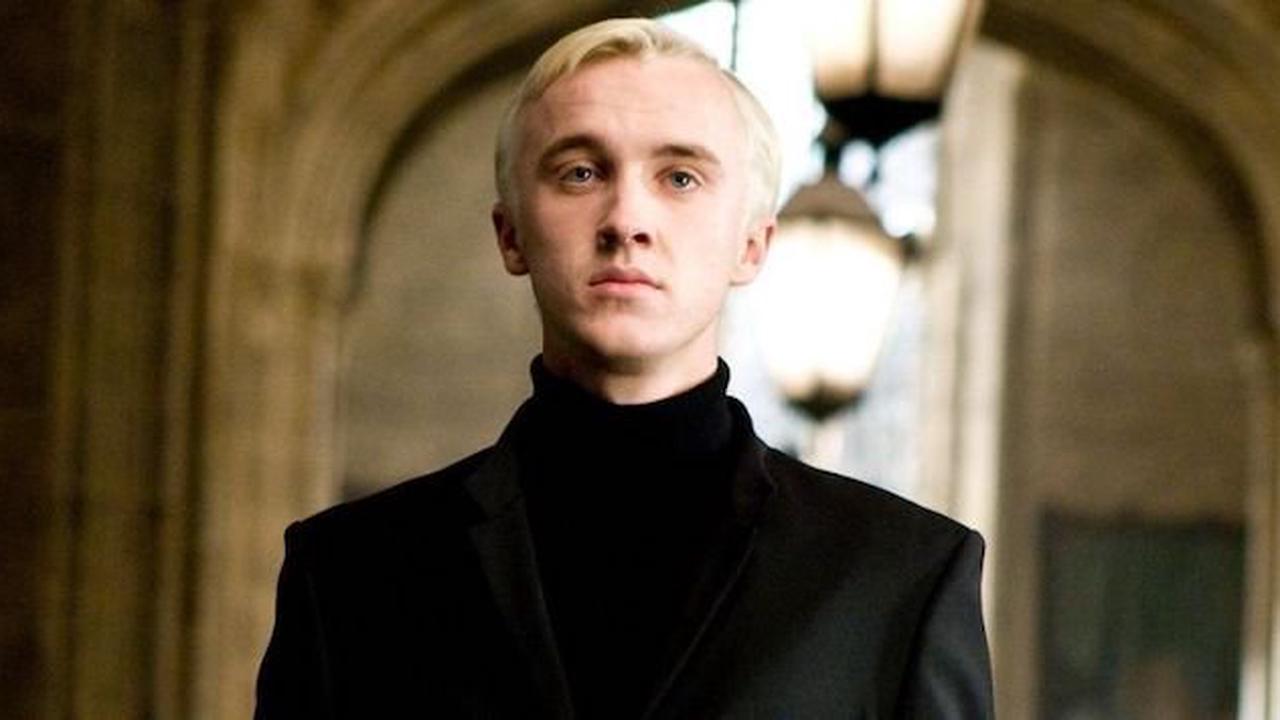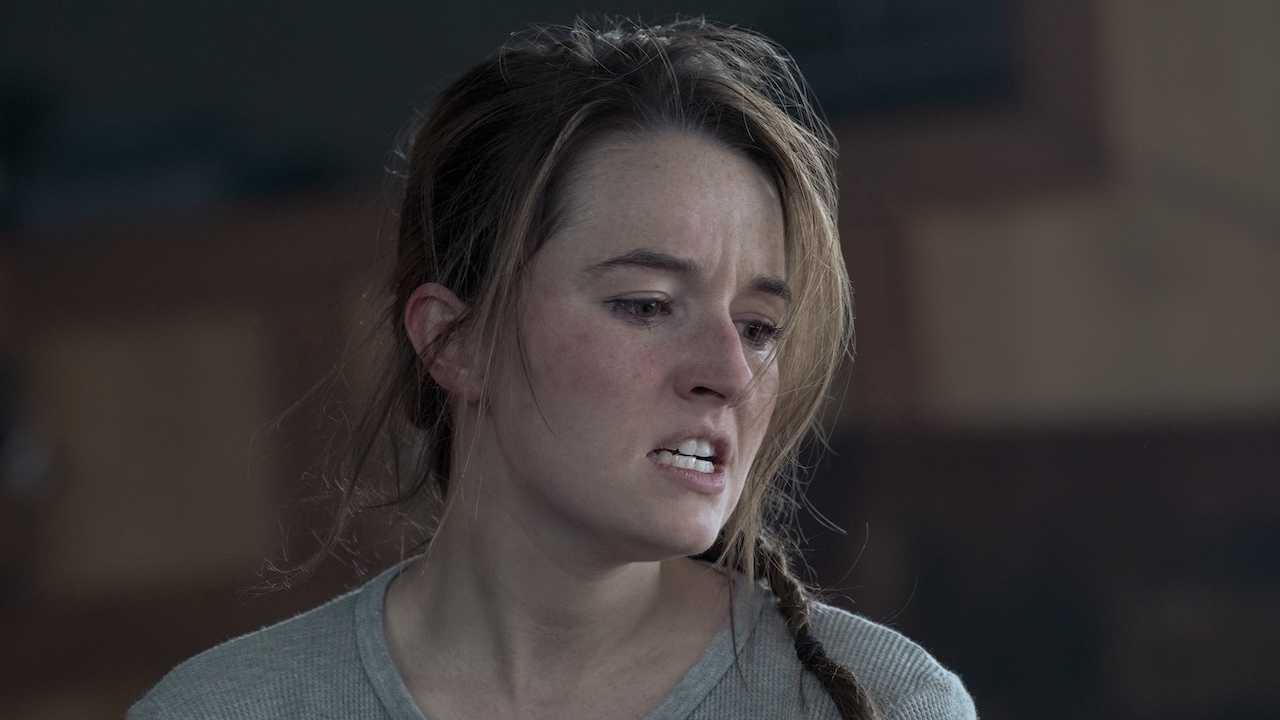Gladiator: 10 Behind-The-Scenes Facts From Russell Crowe's Epic Movie
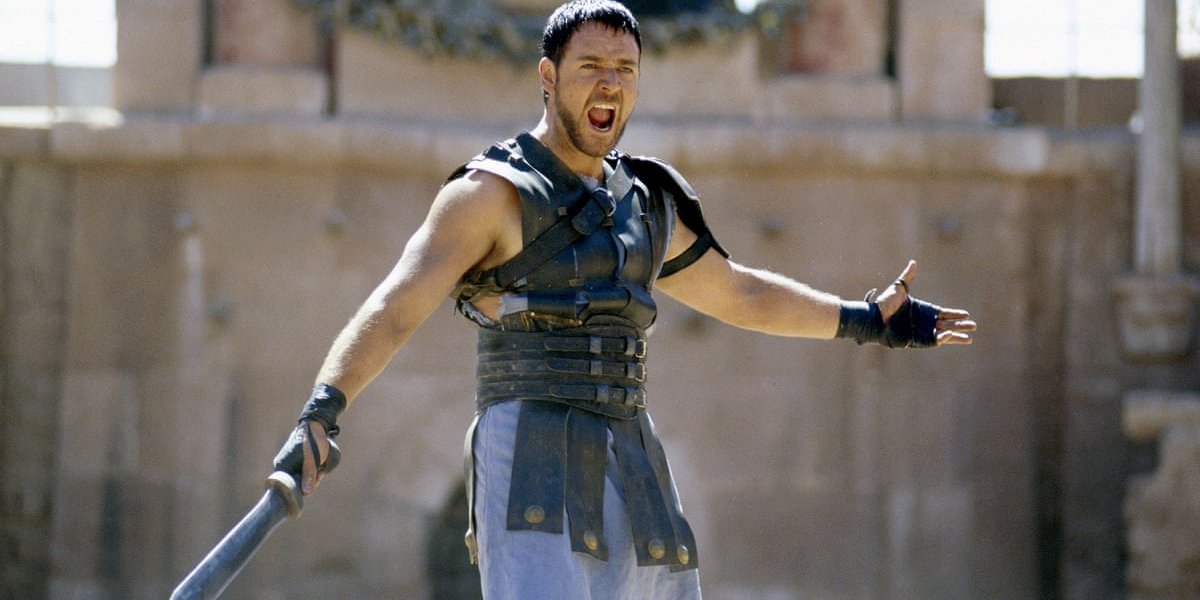
It is hard to believe, but it has already been 20 years since Ridley Scott and Russell Crowe teamed up for what could arguably both parties' best movie, Gladiator. Released May 5, 2000, the epic story of Maximus Decimus Meridius' rebirth from a betrayed high-ranking Roman military officer to an enslaved warrior-turned-hero is still one that resonates with audiences two decades after it debuted in theaters. But as fascinating a movie as it is on its own, the behind the scenes facts about the Academy Award-winning picture make Gladiator an even greater work of art.
From the recreation of ancient Rome to the sprawling fights in the middle of the Coliseum to having to find a way to shoot around the death of one of the film's stars, Ridley Scott and his production team had a lot of obstacles to overcome before the finished product was ready for audiences around the world. Here are some of those stories.
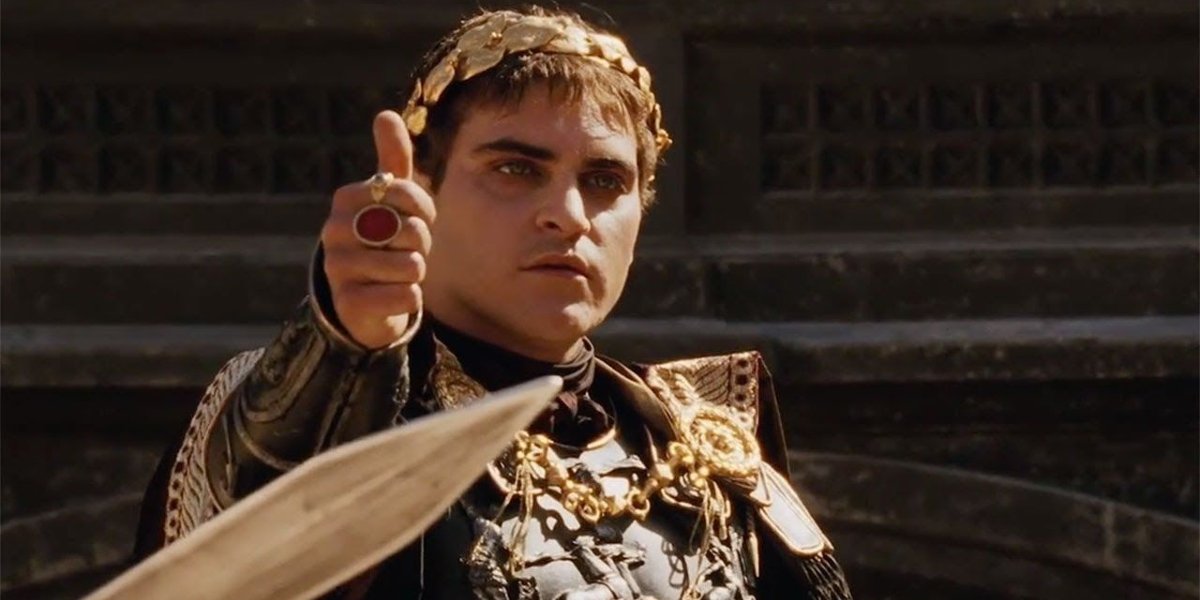
Ridley Scott Knew He Had To Make Gladiator When Approached With The Story And A 19th Century Painting
Long before filming began on Gladiator, Ridley Scott was busy working on other projects when producer Walter Parkes reached out to him and asked if he wanted to work on something. Scott recalled this conversation in the Tales of the Scribes: Story Development documentary that accompanied the Gladiator home release, stating:
I was sitting there quietly minding my own business and developing some other stuff and Walter Parks called me up and said, 'Have you got 20 minutes?' and threw a reproduction of this rather beautiful 19th Century painting onto my desk. I stared at it and went, 'Oh, God,' because I knew I was essentially fucked.
That painting was none other than Jean-Léon Gérôme's Pollice Verso (With a Turned Thumb) which displays a crowd of spectators giving a gladiator the thumbs down signal, meaning they want him to finish off his opponent. Similar signs would go on to be depicted in Gladiator.
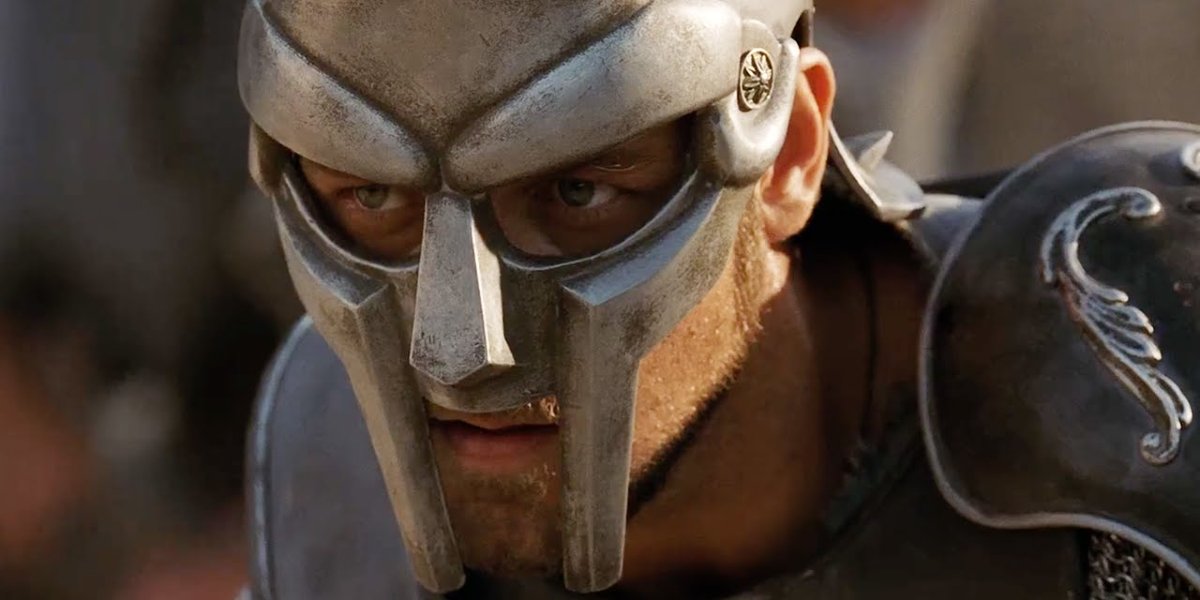
Russell Crowe Was Not Impressed By The Script But Signed On Anyway
Gladiator will forever be remembered as one of the best movies of the early 21st Century, but according to Russell Crowe, the original script was so bad, the film's producers didn't want their potential star reading the screenplay while it was still in progress and instead wanted Crowe to meet with Ridley Scott so the director could be the pitch man. Here's what Crowe had to say about it during a June 2020 appearance of The Tonight Show Starring Jimmy Fallon:
Gladiator was kind of a unique experience because the script that they had was so bad. It was just so bad you know? It was like OK, umm, but the producer didn't know I'd actually been able to get a copy. He said, 'I don't want to send you the document we have because you won't respond to it. But I want to encourage you to have a meeting with Ridley Scott. It's 180 AD. You're a roman general and you're being directed by Ridley Scott. Just think about that.'
As we all know now, Russell Crowe ended up taking that meeting and was convinced by Ridley Scott to sign on for the lead role of Maximus after the director walked him through some of the visuals and other details about what he wanted to do.
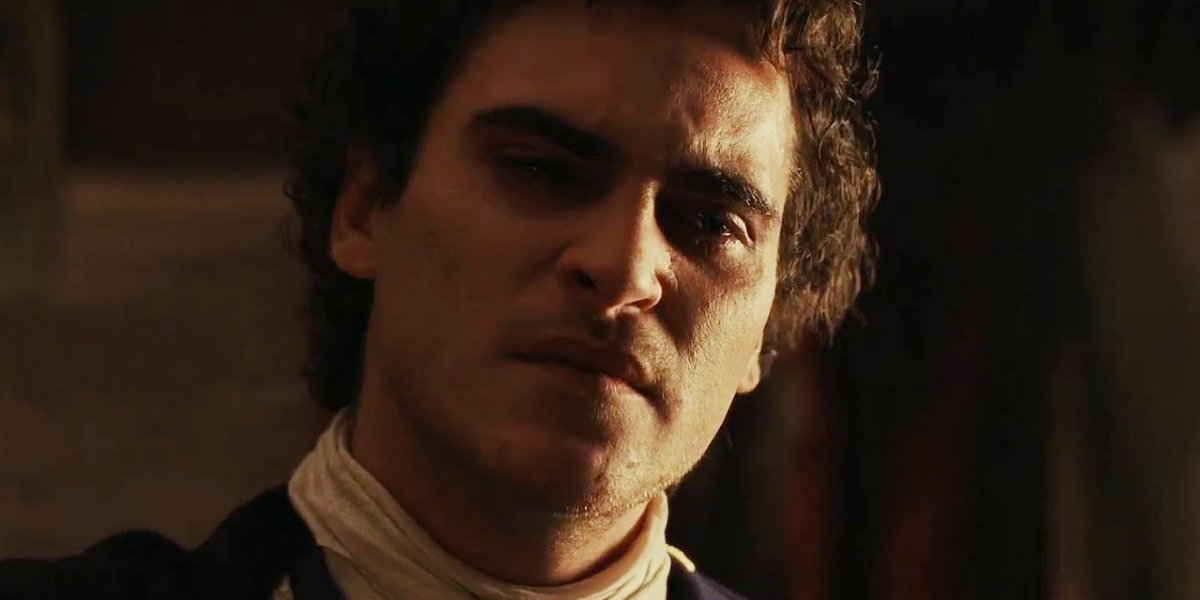
Joaquin Phoenix Required Some Motivation Early On, And Russell Crowe Came Through In A Rather Unique Way
This may sound hard to believe, but Joaquin Phoenix was initially pretty nervous when he first came onto the set to portray the film's antagonist, the villainous Commodus, but according to a story Russell Crowe shared with Ridley Scott on the extended version of Gladiator commentary track, the future Oscar winner needed some motivation when filming one of the early scenes. After Phoenix did everything from saying he shouldn't be there to offering to pay back the producers for his hotel and travel if they let him walk away, he asked someone to abuse him off-camera, which is where Crowe stepped in:
CINEMABLEND NEWSLETTER
Your Daily Blend of Entertainment News
I came up with the idea of saying to him when he was in frame and after I listened to what he had to say I said, 'The thing is that is really bad karma for me and I can't stand on the other side of the camera as an actor and say stuff I wouldn't say to you when the camera is on me, so why don't you try acting you little maggot.' And he goes, 'Oh, that was good. Can we go now?'
After that, Joaquin Phoenix's nerves settled down, and he was able to go on to provide one of the best performances of his career.
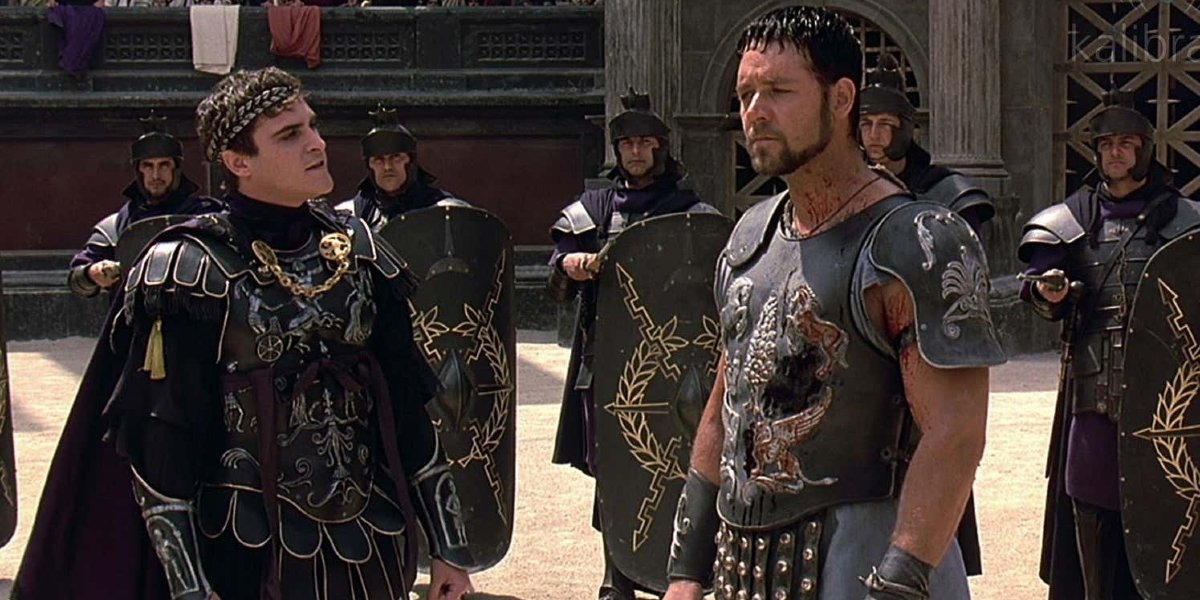
Despite Playing Mortal Enemies, Joaquin Phoenix And Russell Crowe Became Close Friends
Russell Crowe's Maximus and Joaquin Phoenix's Commodus are at each other's throats (literally at one point) throughout Gladiator, but even though they played mortal enemies on screen, the pair became close friends. As Crowe revealed during a conversation with Variety, the relationship came about during a time when the press still questioned Phoenix about the death of his older brother, River, seven years earlier, stating:
There were a lot of people in that strange journalistic habit who wanted to just poke that fire and kept asking Joaquin about his brother and then about his relationship with me because we have that in the film. At one point, we were doing some press conference and he just said something along the lines of, 'Look, Russell treated me like a brother' and it just hit me in a really heavy way.
Even though Russell Crowe and Joaquin Phoenix went on to follow different paths in Hollywood, Crowe told the publication that they still run into one another and that the last time they did, they ended up throwing away everything they had to do that day to spend six or seven hours together.
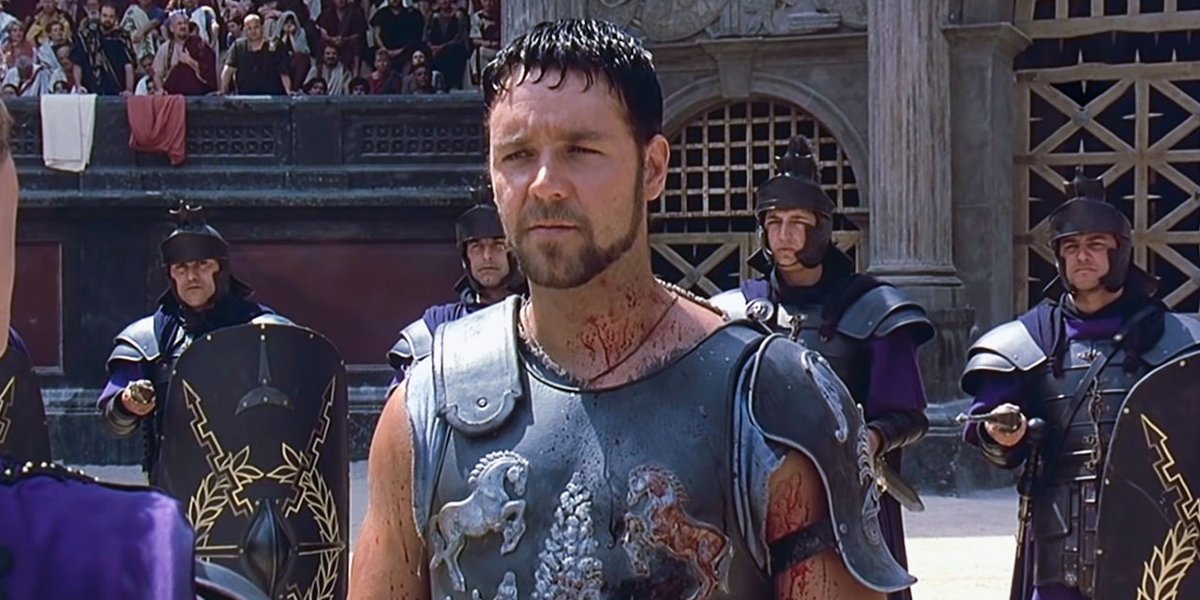
Russell Crowe Came Up With The Idea Of Adding Figurines To Maximus' Breastplate After Each Fight
No one hold it against you if you failed to notice the intricate figurines that adorn the breastplate of Maximus' armor throughout the events of Gladiator (I didn't even notice them until now). Those designs weren't added just for looks as each one represents another successful fight that the former Roman general survives as he works his way back to the capital of Rome. And according to costume designer Janty Yates, that was all Russell Crowe's idea. During a small Academy Originals documentary, Yates explained that Crowe came up with the idea and talked it over with Ridley Scott who thought it was a great idea.
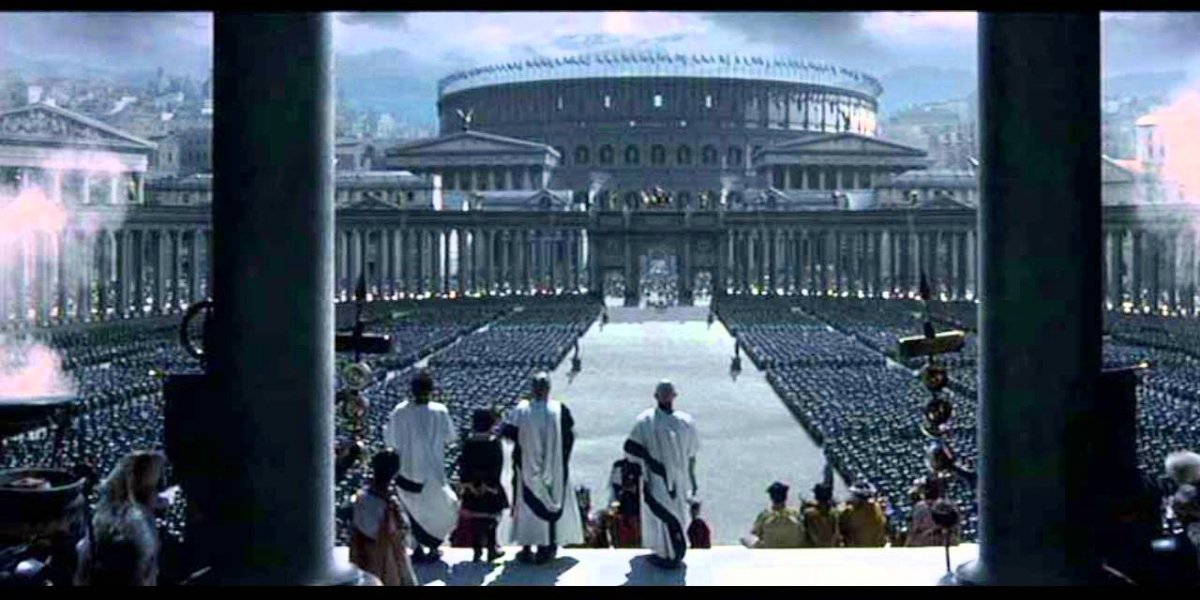
Recreating Ancient Rome Was The Biggest Challenge For Ridley Scott
From the first time Ridley Scott's version of ancient Rome was brought to life in first trailer of Gladiator everyone knew that this wasn't going to be some half-hearted attempt of recreating one of the most iconic cities of the ancient world. And when the movie was released in May 2000, everyone saw just what a visionary director, practical effects, and ahead of its times CGI could accomplish. But getting to the finished product was no easy task the scores of visual artists who worked alongside the director to rebuild the Roman empire.
And building that world was the biggest challenge for Ridley Scott, as he noted in the The Glory of Rome documentary accompanying the home release. In that documentary, Scott explained that he had always loved building worlds whether they be made up locations in science fiction films or recreating those lost to time, but with the latter it required a great deal of research and hard work to make a faithful representation of that location. Luckily for everyone, Scott's attention to detail paid off here.
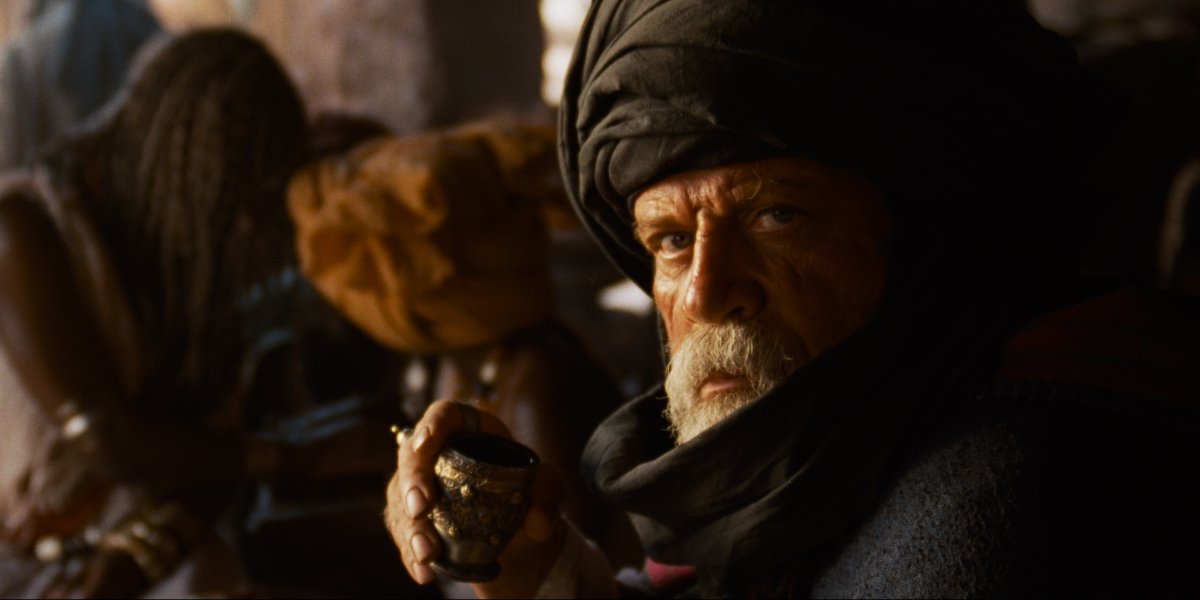
Following The Death Of Oliver Reed, The Production Crew Came Up With Various Ways Of Preserving His Performance
One thing Ridley Scott and the rest of the production team on Gladiator never thought would happen would be the death of one of the film's stars, but that was a problem they had to work out when Oliver Reed, who portrayed Proximo, passed away while filming in Malta. More than a decade before the late Paul Walker's role in Furious 7 was completed with body doubles and CGI, Scott made use of what he had and came up with some inventive ways of finishing the job.
In the Shadows and Dust documentary accompanying the home release of Gladiator, producer Douglas Wick revealed that one plan would have involved going back and reshooting everything that Oliver Reed had filmed before his passing, which would have cost $26 million and put the production weeks behind schedule. Instead, to finish Proximo's story, the crew digitally added Reed's head from already filmed scenes to complete the look. And it worked, as it's hard to tell which scenes are the actor and which are recreations.
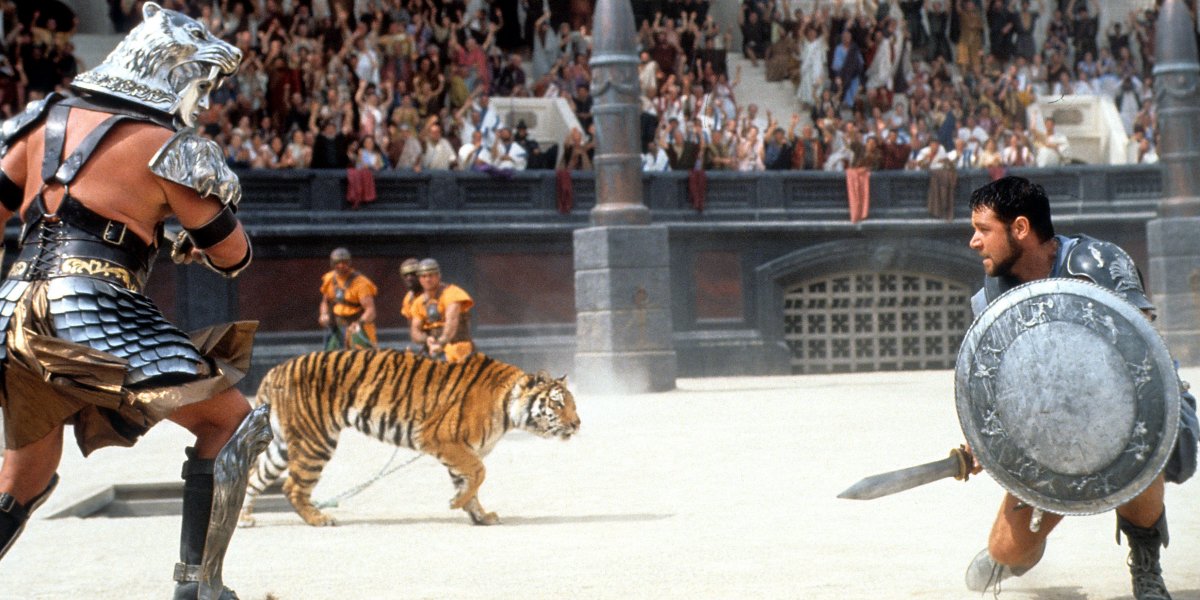
The Famous Tiger Scene Was A Little Too Close For Comfort For Russell Crowe
One of the well-remembered scenes in Gladiator is the fight in the Coliseum that pits Maximus against several tigers. And while a great deal of CGI was used to create various shots throughout the movie, that was a real tiger in the pit with Russell Crowe, which made things a little dicey as Ridley Scott told Variety:
[The tiger was] a big boy from tail to nose, eleven feet. You've got two guys on a chain with a ring in the floor to control it. Russell [Crowe] said, 'OK, release them,' and Russell fell back, the tiger would come out of the hole and Russell would roll out of the way, and he said, 'Fuck me, that was close.' And I said, 'We were there as well, Russell. Hey, you were two feet, I was like four feet.'
Russell Crowe would go on to say that the tiger was beautiful and a wonder to work with, but the process came with a great deal of risk.
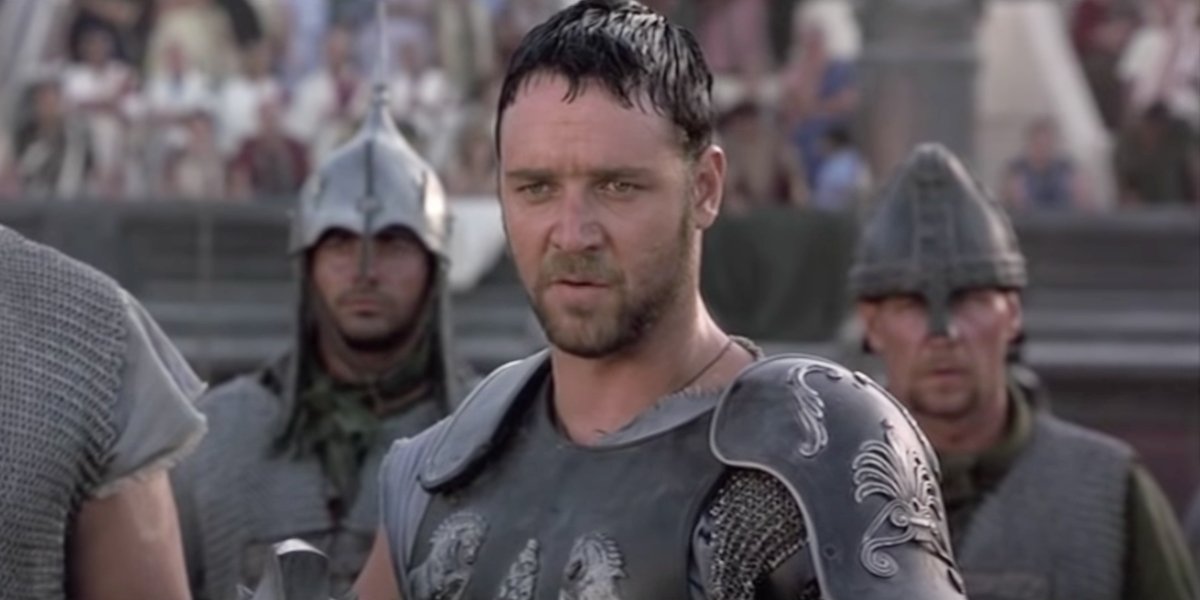
The Scene In Which Maximus Reveals His Identity Involved A Great Deal Of Planning
Without a doubt, the most badass part of Gladiator is the scene where Maximus reveals himself to Commodus and the tens of thousands of screaming fans in the Coliseum. During the commentary on the extended version of the movie, Russell Crowe explained none of what Maximus said during his "Father to a murdered son, husband to a murdered wife" speech would work if no one totally believed in what they were doing and so a lot of work had to go into making that scene pop. Crowe and Ridley Scott spent a long time planning that particular line and even had as many as 20 different versions of it before they decided on the final version seen in the movie.
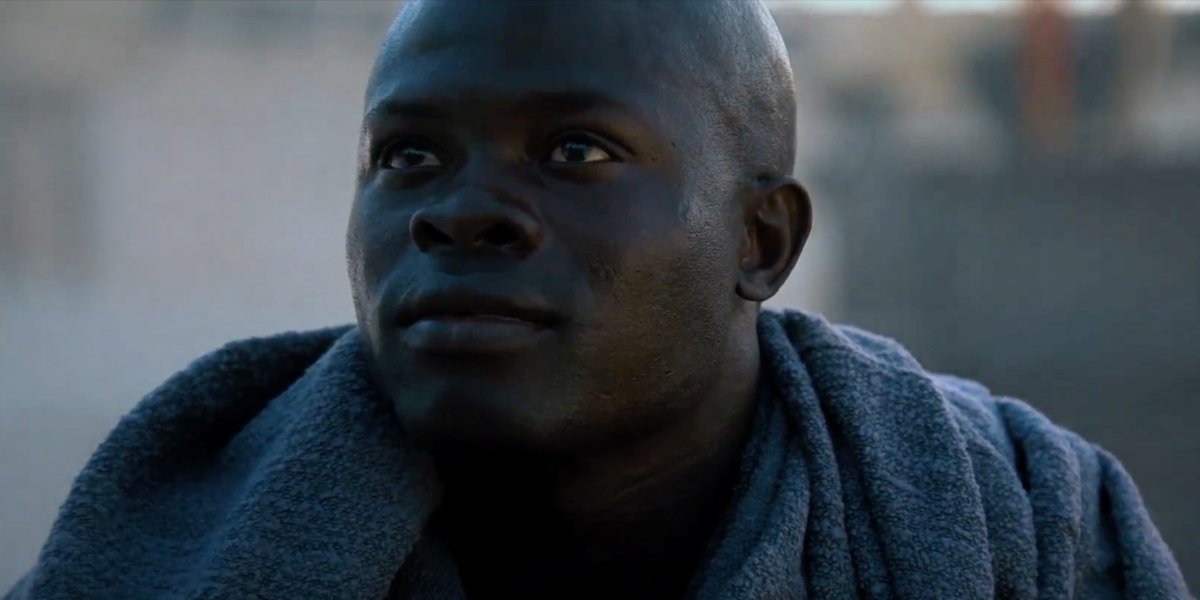
Maximus Was Initially Supposed To Survive, But Ridley Scott Changed His Mind Midway Through Shooting
There's no greater satisfaction in Gladiator than seeing Maximus kill Commodus and avenge the death of his wife and son, even if it means he dies as well. That beautifully written and shot of the dying gladiator being carried out as a hero, however, wasn't how things were originally supposed to shake out, as Russell Crowe revealed during a conversation with Empire Magazine, stating:
I remember Ridley coming up to me on set saying, ‘Look, the way this is shaping up, I don’t see how you live. This character is about one act of pure vengeance for his wife and child, and, once he’s accomplished that, what does he do?’ And my joke used to be, ‘Yeah, what does Maximus do? Does he end up running a fucking pizzeria by the Colosseum?’ He has a singular purpose, which is to meet his wife in the afterlife and apologize for not being there for her. And that’s it.
As great as it would have been to see Maximus live to see another day and show up in that proposed Gladiator sequel, there was no better way to bring an end to his story of revenge and redemption.

Philip grew up in Louisiana (not New Orleans) before moving to St. Louis after graduating from Louisiana State University-Shreveport. When he's not writing about movies or television, Philip can be found being chased by his three kids, telling his dogs to stop barking at the mailman, or chatting about professional wrestling to his wife. Writing gigs with school newspapers, multiple daily newspapers, and other varied job experiences led him to this point where he actually gets to write about movies, shows, wrestling, and documentaries (which is a huge win in his eyes). If the stars properly align, he will talk about For Love Of The Game being the best baseball movie of all time.

